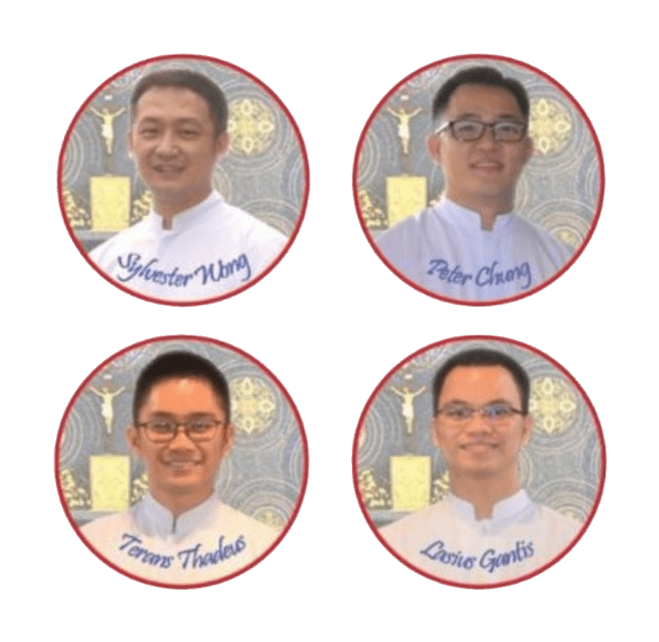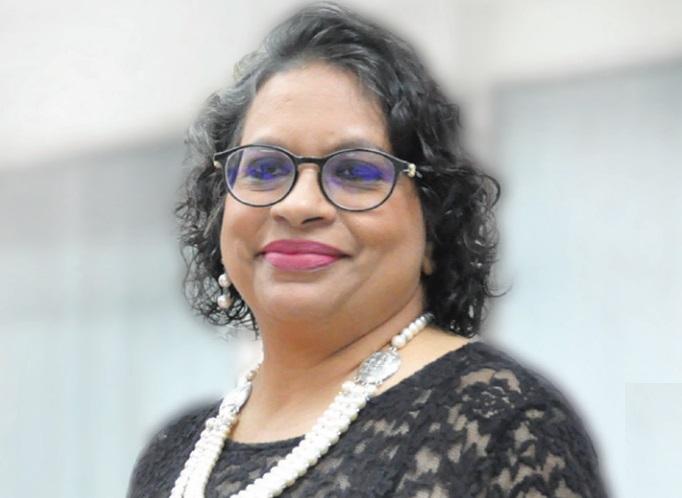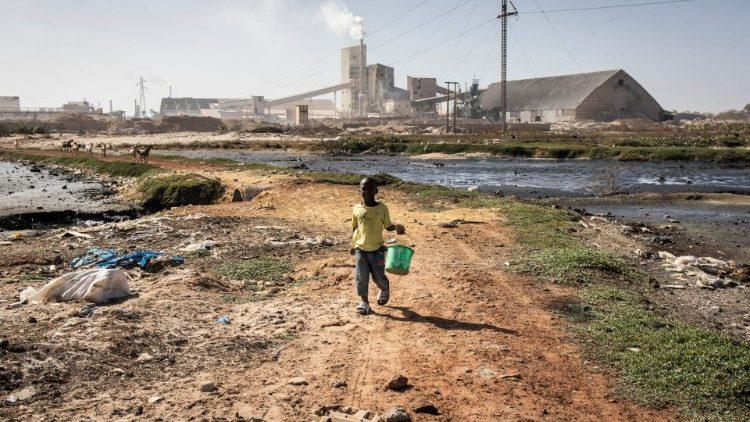Rita Lasimbang: How I came to be involved in the Kadazan Audio Bible project
 In July 2014, Rita Lasimbang received a visit from Fr Thomas Madanan. He spoke about the Kadazan Bible in audio format. “A Kadazan Audio Bible!” she thought with such joy in her heart. How? He informed her that someone from the US was going to assist in this project. She did not ask him how this project would work, but that she would assist in any way she could. She was just so excited that they were talking about the Kadazan Bible. In her excitement she told Fr Thomas about her story 30 years ago.
In July 2014, Rita Lasimbang received a visit from Fr Thomas Madanan. He spoke about the Kadazan Bible in audio format. “A Kadazan Audio Bible!” she thought with such joy in her heart. How? He informed her that someone from the US was going to assist in this project. She did not ask him how this project would work, but that she would assist in any way she could. She was just so excited that they were talking about the Kadazan Bible. In her excitement she told Fr Thomas about her story 30 years ago.
About 30 years ago, my mom became the happiest mother in the world when I told her that Fr Primus Jouil had called to inform that Bishop Simon Fung had given the green light for the Kadazan Bible Translation Project to be started at the Penampang Mission at St Michael’s Church. My mom was the happiest mother because as a prayer answered, one of her daughters would be working in the Mission!
At that time I had just completed my undergraduate study programme and had a year to spare before going back to continue my study. There were many options of what I could do in that time, but for me I just wanted to start to translate the Bible into Kadazan. I love the Bible and want others to read it also, and I have always been thinking about the Kadazan people – if only they can read the Word of God in their mother tongue, the language of their heart.
After undergoing training in Bible Translation, I started the Kadazan Bible Translation Project with translating the Acts of the Apostles. After completing Acts, I translated the Gospel of Mark and then Philippians. I was later joined by Donald Malinggang, Clementina Maluda, Theresa Gumpodo, Julian Lobijin and Angelica Suimin – each assigned to translate various books in the Bible.
When the translation team was set up, I became the Kadazan Bible Translation Project Coordinator. We would bring all the translated portions to a monthly meeting with the villagers at Kg Maang to check whether they could understand the Kadazan books/portions we had translated. After that, we would have a Checking Committee meeting to look into the comments given by our listeners. This committee was chaired by Peter Lidadun. It was during these meetings that we received many affirmations that the mother tongue is indeed the language of the heart, for although many of us could understand English perfectly well, it is very different when one hears the Word in one’s own language. “It is like the Word is speaking directly to me,” said one of our committee members.
I worked as coordinator and translator in the Kadazan Bible Translation Project for two years – one more year than originally planned, before going on to continue my studies. Aloysia Moguil took over as coordinator. Many more joined the team to continue working on the translation of the Bible into Kadazan, including Paul Bestan who later became one of the readers and chapter reviewers when the New Testament of the Kadazan Bible translation was being produced as an Audio Bible. Peter Lidadun was assigned to synchronize the work of the various translators and the translation of the other books until both New and Old Testaments were completed.
After completing my MA in linguistics and returning to Sabah, I had always wanted to resume assisting with the Kadazan Bible Translation Project. However, my work as one of the curators at the Sabah Museum did not afford me the time to do so and I became too busy again later when we had set up the Kadazandusun Language Foundation (KLF). Over the years, since returning home, many members of the community who remembered that I had once worked at the Mission, kept asking me when the Kadazan Bible would be coming out. Of course, over the years, individual books of the Gospels, the Epistles and the rest of the New Testament have been published. But they want the Kadazan Bible. I always got concerned whenever I was asked this question… over and over again… and I, too, asked, “Lord, how and when am I going to work on the publication of the Kadazan Bible?”
But a calling is a calling and eventually it could not be ignored any longer. However mine became a “recalling,” I would say. In April 2014, at a Community-based Language Development Workshop (CBLD), I was recalled to the Kadazan Bible Translation Project. Even then, I asked, “Lord, how?” But this time, 30 years older, I have learnt to wait upon the Lord, to just trust in Him, to just obey and look to Him with expectation as to how this recalling is going to be accomplished.
Moving on from that fateful July visit of Fr Madanan, the next day an email arrived from “someone from the US.” He was none other than a friend of mine, Louis Rose, who had served in Malaysia before and whom I have worked with when we conducted a train-the-trainers workshop for our community organisers and staff of KLF. Louis now serves with an organisation called Faith Comes By Hearing, which was going to work with our church to produce the Kadazan Audio Bible. We would be using Virtual Recording in the Audio Bible Project. My question of “How?” was answered that day.
The Virtual Recording was completed on 27 January 2016 and the Faith Comes By Hearing team worked on the audio to prepare it for the launching on 2 May 2016 in conjunction with the KK Archdiocese Harvest (Kaamatan) Celebration at Holy Family Church, Telipok.
As project coordinator and lead reviewer in the Virtual Recording Project of the Kadazan New Testament, which lasted about a year and a half, I found myself completely engrossed in a project that had been in an “awaiting” mode for 30 years. I have enjoyed myself tremendously. There was never a moment that I did not rejoice and appreciate these 21st century tools. Through this Virtual Recording Project we also made several discoveries about our Kadazan translation, for which we are very thankful. This project enabled us to synchronise the titles of the various books, check for naturalness in our Kadazan sentence structure, check for accuracy in meanings as well as correct some mistranslations in the scripted text. All these are possible because we are listening to readings of the translation – just like our monthly checking meetings with the villagers all those 30 years ago.
For the next two months, I will be working to finish standardising the spellings of our scripted text to be uploaded with its audio form by Faith Comes By Hearing onto the Bible.is website (for use on computers, smartphones and DVD players) and onto chips to be used with an audio player called the Proclaimer. From here, I will continue to work on the text to prepare it for the printed/book version of the Kadazan New Testament. We hope to carry out a similar project for the Old Testament so that we will have the complete Kadazan Bible that our people have been waiting for – God’s Word in the language of the heart of the Kadazan people.



